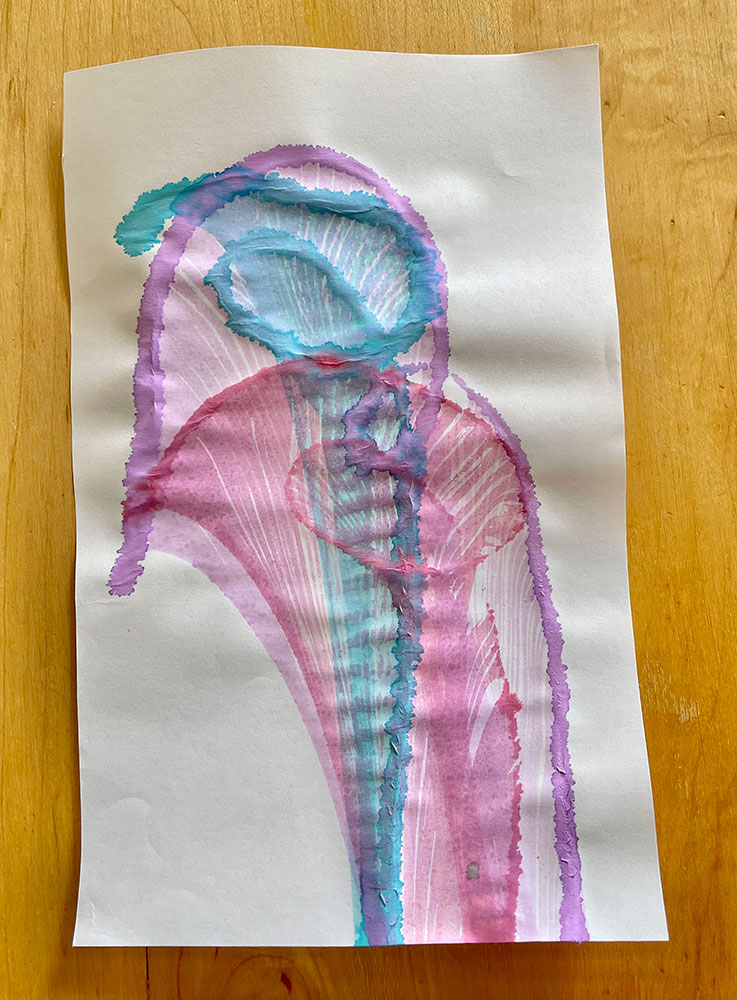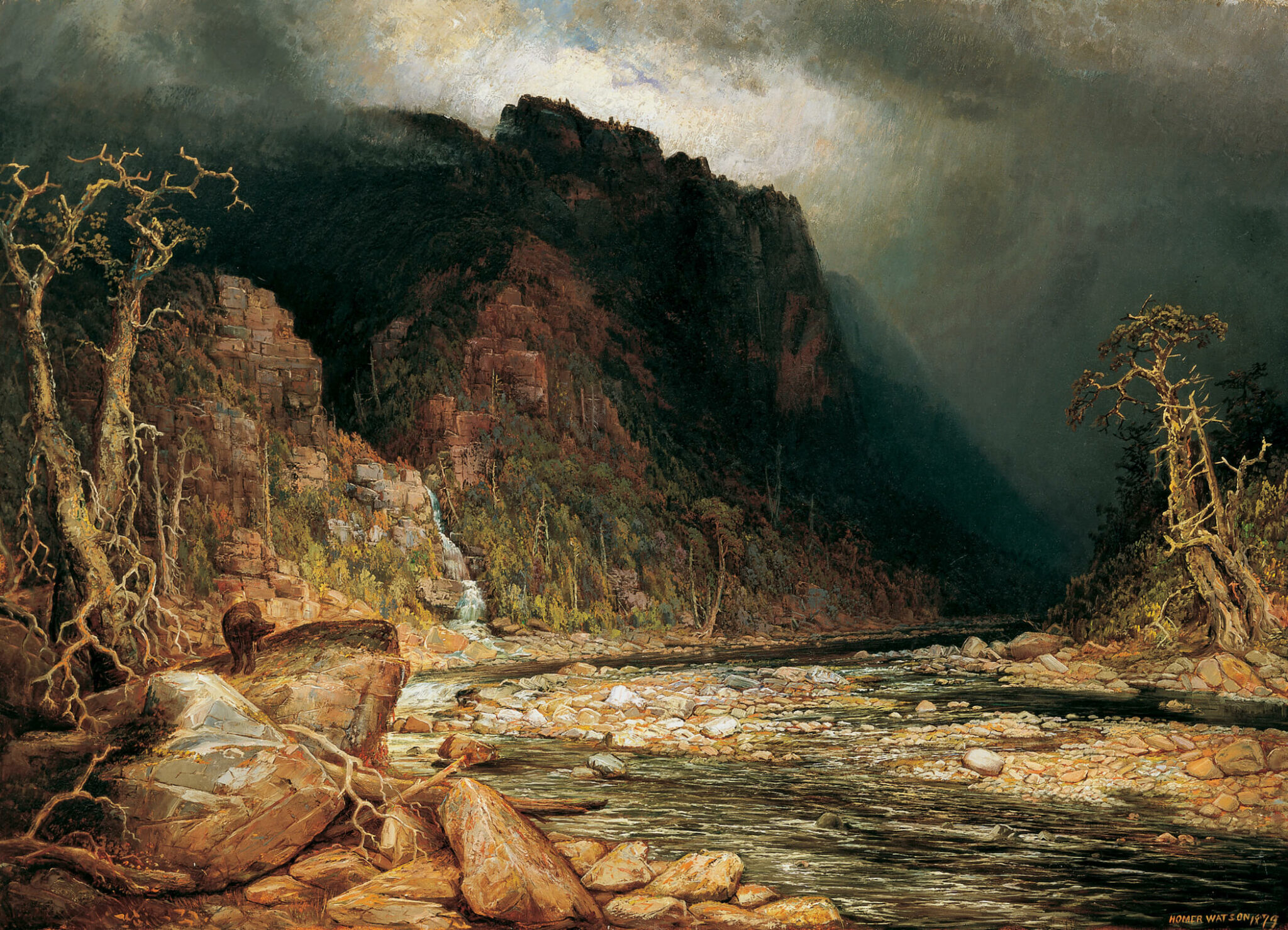Table of Content
He copied works at the Toronto Normal School and was mainly self-taught, but met other artists in Toronto (e.g., Lucius O'Brien) while working part-time at the Notman-Fraser photography studio. He has been characterized as the painter who first painted Canada as Canada, rather than as a pastiche of European painting. He was a member and president (1918–1922) of the Royal Canadian Academy of Arts, as well as a founding member and first president (1907–1911) of the Canadian Art Club.

By the mid-1920s the RCA was dominated by senior artists who continued to work in outdated nineteenth-century aesthetics and who spluttered with rage at what they took to be the incompetence of younger, avowedly modernist artists. From 1926 to 1932 the RCA and the National Gallery descended into ever more acrimonious bickering that threw the academy into a weakened position. It never recovered its former status as an exponent of progressive art in Canada. In 1893 he built a painting studio extension onto his house, and in 1906 added a gallery to which for the next thirty years he welcomed potential buyers. The second of five children of Ransford and Susan Mohr Watson, Homer was related through his mother to the Mennonite German settlers who had arrived in the area in the early nineteenth century.
Life and career
This development was the beginning of village life at the conjunction of Schneider's Creek and the Grand River. Health problems were compounded by financial disaster when the collapse of the stock market in October 1929 devastated the stocks and bonds in which Watson had invested his considerable earnings. He eventually saw no option but to transfer title of his current and future paintings to the Waterloo Trust and Savings Company as collateral for a monthly allowance.

His many academic achievementsincluded a Doctor of Law, two graduate degrees and a PhD from Harvard. He is the one and only prime minister to have attained a doctorate of philosophy. Inside the doorway were a number of hostesses greeting paranormal enthusiasts as they entered. I was ushere into Watson’s studio room where a story was told to me about Phoebe Amelia Watson who regularly visits the gallery, despite her death over 60 years ago. The house at 1754 Old Mill Road was built by the Ferrie family, affluent industrialists from Scotland. Adam Ferrie was instrumental in developing the area known as Doon, building a stone mill, a distillery, a store, a cooperage and several homes.
Emma Watson's Chic New York Apartment
It was originally thought that Adam built this house in 1834, however no archival information has been located to support this date. It is possible that the house was built by his brother Robert Ferrie around 1850, after Adam’s death. Robert Ferrie also donated the land for the Presbyterian church next door and set up a Post Office. From humble beginnings, Homer Watson House & Gallery has been the host to many remarkable artists. Delivery time is estimated using our proprietary method which is based on the buyer's proximity to the item location, the shipping service selected, the seller's shipping history, and other factors. Watson spends part of her time in the 12-story building at the corner of Lexington Ave.
Like Homer Watson, George Inness was influenced by the rich landscapes of the Hudson River School.Homer Watson, Susquehanna Valley, c.1877, oil on canvas, 22.4 x 32.5 cm, Art Gallery of Ontario, Toronto. In 1918, when Watson was feeling especially low, he reportedly said his late wife appeared to him in his studio as an amber light and slowly transformed into the lifelike shape of his sweetheart, reminding him to not despair. Watson designed and built a large gallery at the front of the house just off the small reception room. This beautiful room with its windowed monitor and fine proportions was a fitting showcase for Watson's work and became an attraction for art lovers from near and far.
14" Gallery Art Canvas: Bold And Brash Framed Painting Squidward Spongebob
During that time he had moved from landscapes characterized by dark, chromatically restricted hues to views in which lighter but often puzzling reddish tonalities were increasingly present. Some one hundred paintings were shown at The Jenkins Art Gallery, and half of them found purchasers. In 1855 Homer Watson, one of Canada's first internationally recognized artists, was born in the village of Upper Doon, in a small house still standing at the corner of Tilt Drive and Doon Village Road. Though there was no art instruction in the village the young Watson developed his skills in drawing and painting at an early age, encouraged by an aunt who gave him a set of paints.
Watson, a committed environmentalist, was the key organizer and president of the Waterloo County Grand River Park Limited, which saved Cressman’s Woods near the artist’s home. His environmental interests paralleled his certainty that artists who lacked a sense of living connection to the landscapes around them risked falling back on impersonal formulas. He explored this belief in a series of half-autobiographical and half-fictional drafts for manuscripts that elucidated his philosophy of landscape painting but that went unpublished until well after his death. (1825–1894), one of the most ambitious, influential, and successful American landscape artists of the second half of the nineteenth century, although in later life Watson stated that they had not in fact met. Homer Ransford Watson was born on 14 January 1855, in Doon, Ontario, the second of Ransford and Susan Mohr Watson's five children.
Stay up to date with the Homer Watson House & Gallery
Connoisseurs, coming from the cities, could disembark at the train station just down the road when visiting the hospitable Watsons. Estimated delivery dates - opens in a new window or tab include seller's handling time, origin ZIP Code, destination ZIP Code and time of acceptance and will depend on shipping service selected and receipt of cleared payment. The results, unfortunately, attracted few converts to Watson’s art and alienated many of his erstwhile supporters. Watson was included in the 1924 Wembley display and its successor the following year, showing Nut Gatherers in the Forest, 1900, in 1924 and Flamboro Woodland in 1925.
Revealing what looked like a modernized child’s arts and craft daycare centre. “Phoebe” visits so often that employees have settled on using her first name. They believe she just wants to be a part of the daily upkeep of the gallery. A psychic soiree of sorts was set to begin at the purportedly haunted Homer Watson House.
In the past the task of organizing international exhibitions of Canadian art had fallen to the RCA, and the academy was furious about the change. In 1923 its executive and many of its other members decided to boycott the 1924 exhibition. The decision was announced in a letter published in newspapers, above the signatures of thirty-one members, including recently retired president Homer Watson. Techniques, just as the structure and goals of the Canadian Academy largely paralleled those of Britain’s Royal Academy of Arts. The Homer Watson House & Gallery represents both the industrial and the artistic heritage of the village of Lower Doon. The original house, built in the 1830's in the Scottish Gothic style of architecture, was part of an industrial complex constructed by Adam Ferrie Jr.
Watson moved to England in 1887 for three years (1887–1890), and further established his reputation. Over the next few years, his works became increasingly popular among collectors and received prizes at expositions across North America. In 1904, he won a bronze medal at the Canadian exhibition at the Louisiana Purchase Exposition in St. Louis, Missouri.
Homer Watson, On the River at Doon, 1885, oil on canvas, 61 x 91.6 cm, National Gallery of Canada, Ottawa. In early 1882, the twenty-seven-year-old Wilde undertook what developed into a year-long lecture tour of the United States and Canada. He addressed audiences on the subjects of Aestheticism and the importance of beauty in daily life. Wilde had yet to establish a reputation as an author, and his mannerisms and exotic clothing provoked ridicule, but the tour was a commercial success.
This portrait was perhaps made during one of Watson’s visits to the Cassadaga Lake Free Association, Lily Dale, New York.At the same time as his savings were almost entirely wiped out, Watson experienced a substantial decline in demand for his paintings. The Depression lingered well into the 1930s, severely hindering the purchasing power of many of Watson’s previous customers. Plus, most of his wealthiest patrons had died before the Depression even occurred.
Early Years and Artistic Beginnings
Many of Watson's works are still on display at his old house, which he and his sister had transformed into a small art gallery. Homer Watson's letters, his unpublished manuscripts, and his paintings, drawings, and prints document the issues that most interested him as an artist. Of his concerns, the commemoration of southern Ontario's pioneers and early settlers and the visual expression of Canadian regional and national identities locate Watson firmly within the milieu of many of his fellow artists of the time. In addition to these priorities, his dedication to safeguarding the natural environment was exceptional and far-sighted.

As a gift for Queen Victoria, Watson was able to purchase the home and its land in 1883. By 1893 he had added a studio, featuring a frieze displaying the names and small paintings inspired by European artists he admired. The year 1906 saw more changes to the house, when a gallery was added to display Watson’s art.

No comments:
Post a Comment